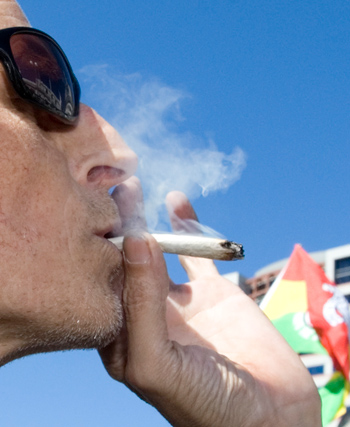He korero whakarapopoto
Drugs are substances that affect the mind or body. Most drugs used by New Zealanders are medicines to treat illnesses, but some people use drugs for pleasure.
Drugs in colonial New Zealand
In the 19th century there was widespread use of drugs as medicines in the United Kingdom, and British settlers brought this practice to New Zealand. Opium and cannabis (marijuana) were used to treat illnesses, and both were included in widely available patent medicines.
While some people became addicted to opium, drugs do not seem to have been widely used recreationally in 19th-century New Zealand. One exception was the smoking of opium by Chinese miners.
Cannabis use
There was little recreational use of cannabis until the mid-1960s, when ‘hippie’ culture reached New Zealand. Police responded by setting up vice squads to combat the problem.
In the early 21sr century about half of those aged 15–45 had tried cannabis, though only 15% were current users. New Zealand has one of the highest rates of cannabis use in the world.
Hard drugs
New Zealand has strict border controls, which make it difficult for hard drugs to enter the country from overseas. Drugs that are produced within New Zealand, such as ‘homebake’ (an opiate) and amphetamines are more common.
Drugs made from opium are not widely used in the early 21st century, and cocaine is even rarer.
The most common amphetamine (a stimulant) used in New Zealand is methamphetamine, commonly called ‘P’. It is very addictive and can make users paranoid and violent.
Other drugs sometimes used in New Zealand include LSD, ecstasy, magic mushrooms, BZP and fantasy (GHB).
Drug users tend to be aged in their 20s or early 30s, and more men use drugs than women.
Drugs and the law
In the late 1800s New Zealand passed laws to regulate the sale of opium. The Chinese community also campaigned against opium use. The Opium Prohibition Act 1901 made it illegal to smoke opium. Because of law changes and public opinion, opium was removed from patent medicines.
In the 1910s and 1920s, and again in the 1960s, laws about drugs were tightened because of international agreements.
Since 1975 illegal drugs have been classified as Class A (a very high risk of harm), Class B (a high risk of harm) or Class C (a moderate risk of harm).
Many drugs are kept out of New Zealand through the country’s strict border controls. Police frequently raid cannabis growers and ‘P’ labs.
Education and liberalisation
Government agencies and voluntary organisations provide education about the damaging effects of drugs, and assist recovering drug addicts.
From the 1990s there were calls for cannabis to be legalised. A referendum on this issue is to be held at the same time as the 2020 general election.





